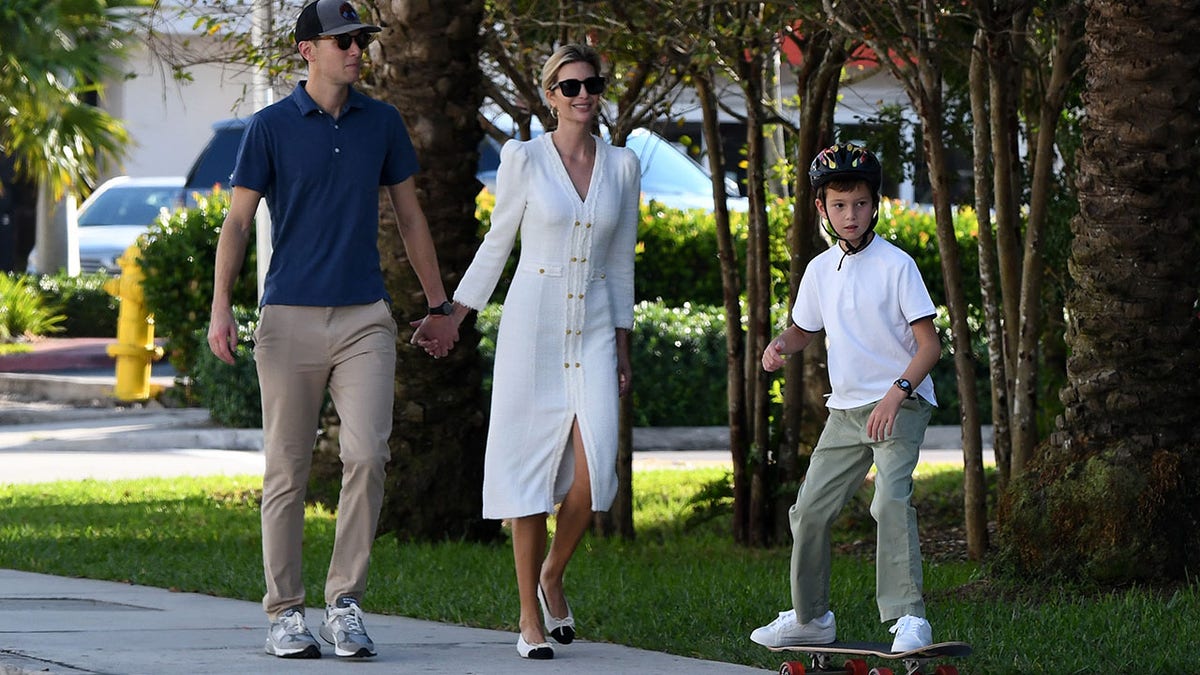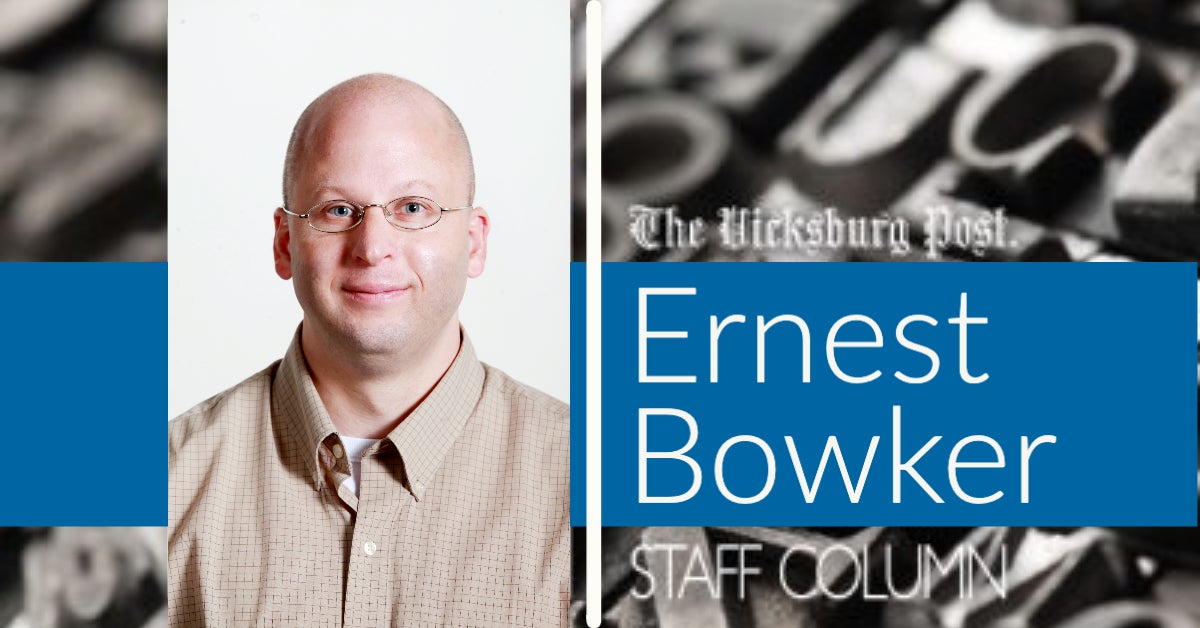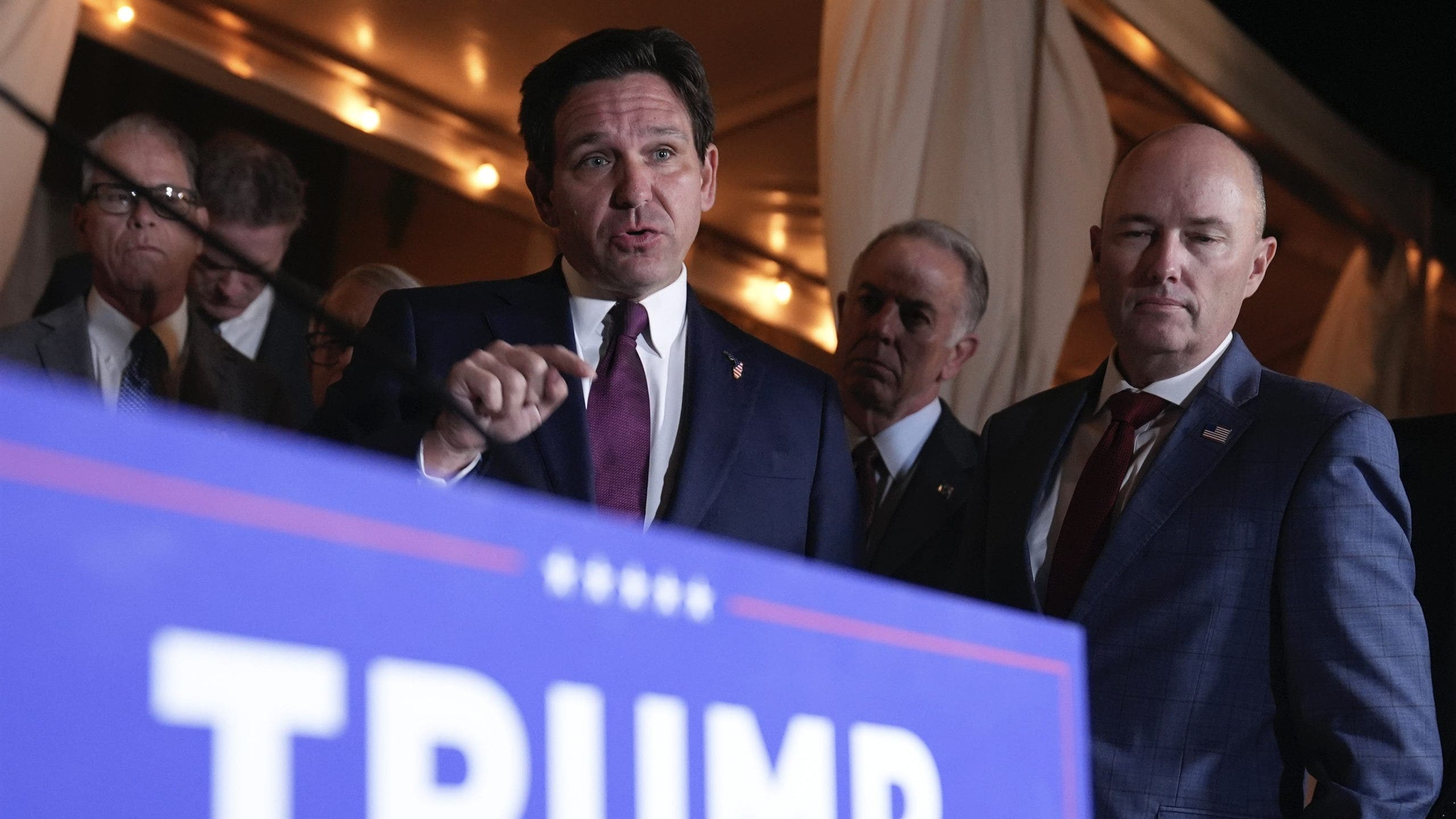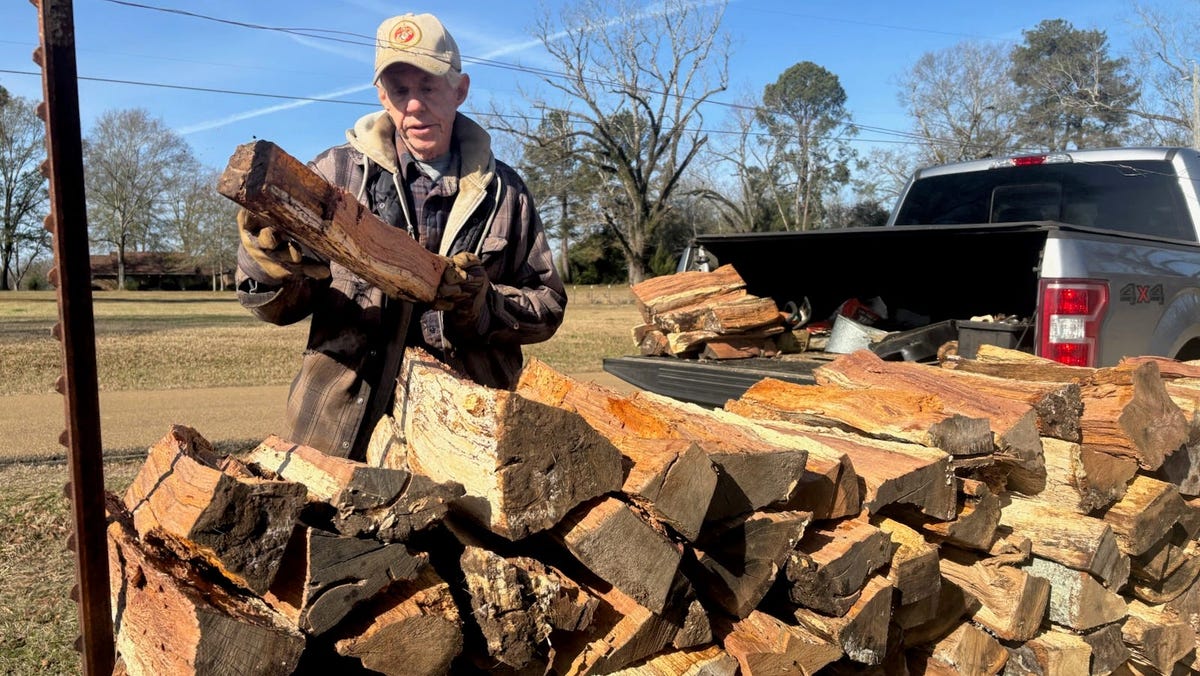Health
How the Shortage of a $15 Cancer Drug Is Upending Treatment

Tony Shepard learned he had vocal cord cancer this spring, but he was encouraged when his doctor said he had an 88 percent chance at a cure with chemotherapy and radiation.
That outlook began to dim in recent weeks, though, after the oncology practice he goes to in Central California began to sporadically run out of the critical medication he needs.
Since Mr. Shepard’s doctor informed him of the shortage, each treatment session has felt like a game of “Russian roulette,” he said, knowing that failure would mean the removal of his vocal cords and the disappearing of his voice.
“I try not to even think about it,” said Mr. Shepard, 62, a manager of a gas station in Madera, a town in California’s Central Valley. “It’s something scary that you don’t really want to think about — but you know it’s a reality.”
The nation’s monthslong shortage of highly potent cancer drugs is grinding on, forcing patients and their doctors to face even grimmer realities than those cancer typically presents. Thousands of patients like Mr. Shepard have been confronting gut-wrenching options, delays in treatment and potentially bleaker futures.
Oncologists are concerned that the alternatives to two crucial chemotherapy drugs are far less effective in treating certain cancers, and are sometimes more toxic. The backup therapies or lack thereof, they say, pose particularly troubling prospects for patients with ovarian, testicular, breast, lung and head and neck cancers.
There are few, if any, signs that the shortage will ease anytime soon. A plant that was a main producer of the more popular drugs shut down late last year and has not reopened, depleting its stock. The easing of restrictions on imported drugs from China this month has provided some relief, but doctors said the influx has yet to make much of a dent. Some companies that sell the medications are projecting that the shortage will last through the fall or later.
So far, neither a group of experts organized by the Biden administration nor prominent medical organizations have found a way to avoid rationing the crucial chemo drugs.
To bridge the gaps, some doctors are extending care intervals and skimming precious milliliters to stretch doses. Others are turning to a strategy of surgery first and chemo later, banking on a resumption of supplies.
One of the nation’s top cancer care groups, the American Society of Clinical Oncology, is now advising doctors with low quantities of the medications to administer them to patients with a shot at a cure — and to deny them to patients with recurrent or widely spread disease.
“We’re in a situation where patients are being left behind, and we’re really worried survival could be affected by the chemotherapy shortage,” said Dr. Angeles Alvarez Secord, president of the Society of Gynecologic Oncology and a professor at Duke University School of Medicine.
Two main chemotherapy drugs, cisplatin and carboplatin, are deployed as frontline medicines in cocktails used to shrink or eliminate tumors. More than a dozen cancer drugs are also officially in short supply, as well as hundreds of other medications, including antibiotics and sterile injectable fluids. Still, doctors predict that the absence of the powerful chemotherapies may hurt patients most.
Cisplatin and carboplatin are inexpensive: They cost $15 and $23 per vial, according to the U.S. Pharmacopeia, a nonprofit aimed at medication safety and supply. But manufacturing the drugs requires a reliable supply of platinum, a metal used, as well as a sterile plant and special controls to protect workers from the drugs’ toxic effects. As a result, few companies make them.
The most recent shortages of these widely used drugs occurred when a leading manufacturer, Intas Pharmaceuticals, shut down production in December after the Food and Drug Administration had performed a surprise inspection at its plant in Ahmedabad, India. The U.S. agency issued a report that said employees were shredding, tearing and pouring acid on quality control records and noted a “cascade of failure” at the site.
The company’s subsidiary, Accord Healthcare, in Durham, North Carolina, said recently that it was still making improvements at the plant that were needed to restart production.
By this spring, the effects of the Intas shutdown were deeply felt. A survey by the National Comprehensive Cancer Network of academic treatment centers released earlier this month found that 93 percent of the 27 centers that responded were experiencing a carboplatin shortage. As a result, 36 percent of them reported altering treatments for their patients, resorting to lower doses and longer intervals between therapies.
At cCare Cancer Center in Fresno, Calif., where Mr. Shepard receives care for his vocal cord cancer, efforts to stretch supply have given way to sporadic availability. For the last six weeks, vials of the platinum drugs have been unavailable roughly half of the time, an oncologist, Dr. Ravi Rao, said.
He said Mr. Shepard’s odds of a cure without the drugs would fall from roughly 90 percent to about 45 percent. Fortunately, Mr. Shepard said, the drugs have been available for the first two of seven treatments.
Patients with ovarian cancer are facing the worst outlook, Dr. Rao said, because of how common the disease is and how central the platinum drugs have been in tackling it for decades. Without those drugs, one patient with extensive ovarian cancer has odds of survival that fall to the single digits from about 30 percent, he said.
“This shortage will lead to people dying,” said Dr. Rao, who is also a board member of the Community Oncology Alliance. “There’s just no way around it. You cannot remove these lifesaving drugs and not have bad outcomes.”
Others who face heightened threats are patients with testicular cancer, because cisplatin has a known record of curing even advanced cases, said Dr. Julie Gralow, the ASCO chief medical officer, in her testimony to a House subcommittee earlier this month.
“This is critical, impacting maybe as many as half a million Americans with just these two drugs,” Dr. Gralow said.
For Florida Cancer Specialists, with more than 90 sites, the shortage initially meant conserving 10 to 15 percent of a patient’s dose to stretch stock, said Dr. Lucio Gordan, president of the practice.
That was not enough, so doctors began to only give the drugs to patients with a chance at a cure or those enrolled in clinical trials. The practice found some products at vastly inflated prices — apparent price gouging — but bought them anyway.
Still, by May, the practice was without carboplatin for 12 days and cisplatin for eight days, Dr. Gordan said.
Arias Pitts, 33, who was diagnosed with an aggressive breast cancer in April, encountered the shortage when she arrived to begin treatment on May 16. The carboplatin her doctor had ordered for the first of six rounds of chemotherapy was not available.
“Of course I had questions and concerns,” said Ms. Pitts, an academic adviser at the University of South Florida and a single mother of a 4-year-old. She added: “It’s stressful.”
The F.D.A. has taken steps to ease the shortage. It oversaw the testing and release of batches of the platinum drugs manufactured by Intas in India that were made before the shutdown, but that stock has now been exhausted.
It is also temporarily allowing Qilu Pharmaceuticals, based in China, to ship its cisplatin to the United States.
Jordan Berman, a vice president of Apotex Pharmaceuticals, a Toronto company importing the Qilu drugs, said it received shipments of cisplatin on June 6 and began routing them through major U.S. distributors.
Oncologists and supply chain experts said there was little data so far to gauge the effect the imports would have. About 600 vials of cisplatin from China arrived at Florida Cancer Specialists earlier this month, Dr. Gordan said. But that was not enough for the practice to resume offering the drugs to patients with advanced or recurrent cancers.
“It’s about six days of treatment for us,” Dr. Gordan said. “We’re scrambling.”
Studies in the 1980s and 90s showed that the platinum drugs were a vast improvement over existing treatments, performing best in combination with other drugs and doubling the response rates for ovarian and head and neck cancer. The platinum drugs pushed the five-year survival rate for testicular cancer to 95 percent from roughly 10 percent.
While newer immunotherapy treatments have improved the outcome for patients with certain types of cancer, like melanoma, oncologists also include them in cocktails with the platinum drugs to extend their lives and enhance the potential for survival.
“In general, we haven’t seen these home runs in cancer” in recent years, said Dr. Mikkael Sekeres, a University of Miami oncologist and former F.D.A. oncology adviser.
Oncologists advising the field amid the current shortages have urged those treating early-stage lung cancer patients to send them to a center that has the drugs, noting, “there are no equally effective alternatives.”
Dr. Evan Myers, a Duke University researcher in the obstetrics and gynecology department, said he was planning to measure the effects of the shortages. One study of a different medication shortage affecting children and adolescents with Hodgkin’s lymphoma found that the substitute drug was “significantly less effective,” and reduced the survival rate for the young people who received the backup treatment.
Dr. Myers said this year’s shortages would, at a minimum, likely have an effect on the quality of life for people undergoing treatment. “They’re going to be waiting for the other shoe to drop,” he said.
Doctors are also struggling with how to convey such devastating news, said Dr. Prasanthi Ganesa, medical director of The Center for Cancer and Blood Disorders in Fort Worth. Her practice is looking at each case individually, but is also prioritizing crucial doses for patients who could potentially be cured.
“I can imagine a patient listening to this and saying, ‘You know, I am trying to live longer, that is my priority. So I need that drug, doc,’” she said. “We feel really helpless.”
The situation demands action, said Dr. Karen Knudsen, chief executive of the American Cancer Society. The White House and Congress, which have discussed the problem, have advanced few concrete solutions.
“The necessity for a durable solution is growing greater by the day,” Dr. Knudsen said, adding, “Patients are left hanging.”

Health
Water for Weight Loss? How Much You Should Drink to Shed More Weight

Sign Up
Create a free account to access exclusive content, play games, solve puzzles, test your pop-culture knowledge and receive special offers.
Already have an account? Login
Use left and right arrow keys to navigate between menu items.
Use escape to exit the menu.
Health
Ivanka Trump stays fit with this self-defense practice: ‘Moving meditation’

Ivanka Trump, the daughter of incoming President Donald Trump, has been known to lead an active life.
As the mother of three kids and a lover of outdoor sports, the 43-year-old is always on the move, recently adding jiu-jitsu to her mix of physical activity.
In a recent appearance on The Skinny Confidential Him & Her podcast, Trump shared how her daughter, Arabella, expressed interest in learning self-defense when she was 11.
IVANKA TRUMP SHARES THE FITNESS ROUTINE THAT HAS ‘TRANSFORMED’ HER BODY: ‘SAFE AND STEADY’
“I’m just so in awe of [her],” Trump said about her daughter. “She came to me and said, ‘As a woman, I feel like I need to know how to defend myself, and I don’t have a confidence level yet that I can do that.’”
Ivanka Trump plays with her daughter, Arabella Rose Kushner, in the Rose Garden during a Congressional Picnic on the South Lawn of the White House in June 2017. (Alex Wong/Getty Images)
Trump responded, “At 11 … I was not thinking about how to physically defend myself, and I thought it was the coolest thing.”
After researching self-defense options, Trump enrolled Arabella, now 13, in jiu-jitsu (martial arts) classes with the Valente Brothers in Miami, Florida – and soon the whole family joined in.
STAY SAFE WITH 4 SELF-DEFENSE TIPS FROM EXPERT RENER GRACIE: ‘NOT AN EASY TARGET’
“[Arabella] started asking me to join – I joined,” she said. “Then my two sons wanted to do what their older sister was doing. Then my husband joined … It is good for everyone.”
“It’s almost like a moving meditation.”
Trump, who is now a blue belt in jiu-jitsu, described that she likes how the sport “meshes physical movement.”
“It’s almost like a moving meditation because the movements are so micro,” she said. “It’s like three-dimensional chess.”
“There’s like a real spiritualism to it … The grounding in sort of samurai tradition and culture and wisdom.”
During President Trump’s first term in the White House, Ivanka Trump noted that she had very little focus on fitness, only taking weekly runs with husband Jared Kushner and “chasing the kids around the house.”
WHAT IS RUCKING? THIS POPULAR FITNESS TREND GOES BACK TO BASICS FOR BIG GAINS
Trump shared that she was “never a gym person,” but always loved sports, which still holds true today.
She said she enjoys skiing, surfing and racquet sports like padel tennis (a hybrid of tennis and squash) and pickle ball, which she described as “fun and social.”

Ivanka Trump and Jared Kushner are seen out for a walk with their children on Dec. 10, 2022, in Miami, Florida. (MEGA/GC Images)
‘Elevating awareness’
On the podcast, Trump said she was drawn to jiu-jitsu because it combines physical fitness and philosophy.
It also focuses more on how to extract yourself from a dangerous situation before having to harm someone who’s a threat, she noted.
MARTHA STEWART, 83, STAYS FIT AND FLEXIBLE WITH THIS ROUTINE
“Having these skills makes you less likely to get into a fight, not more likely to,” Trump went on.
“Once you have the confidence that you can sort of move out of a situation, there’s a real focus on elevating awareness.”

Ivanka Trump waves as she arrives at Joint Base Andrews in Maryland for US President Donald Trump’s departure on Jan. 20, 2021. (ALEX EDELMAN/AFP via Getty Images)
In a previous interview with Fox News Digital, Rener Gracie, head instructor of jiu-jitsu at Gracie University in California, stressed that the only truly reliable skills are those that have been “mastered into muscle memory.”
This occurs through extensively practicing self-defense methods like Brazilian jiu-jitsu, which are “leverage-based and don’t rely on you having a physical advantage over the subject,” he noted.
“Having these skills makes you less likely to get into a fight, not more likely to.”
“And by that, I mean strength, speed, power and size — because in almost every case, the attacker is going to target someone who they feel is physically inferior to them.”
KATE MIDDLETON EATS THIS HEART-HEALTHY ‘SUPERFOOD’ FOR BREAKFAST EACH DAY
Gracie, whose family created Brazilian jiu-jitsu and the UFC (Ultimate Fighting Championship), shared that jiu-jitsu is “highly sought after” because it only takes weeks or months for someone to “develop the core skills that could keep them safe in a violent physical encounter.”
‘Transformative’ strength training
In addition to mastering self-defense skills, Ivanka Trump recently revealed a shift in her fitness routine to include weightlifting and resistance training.
On Instagram, Trump posted a video displaying different exercises with various equipment in the gym, noting in the caption that she used to focus primarily on cardio, yoga and Pilates.
“Since moving to Miami, I have shifted my focus to weightlifting and resistance training, and it has been transformative in helping me build muscle and shift my body composition in ways I hadn’t imagined,” she wrote.
“I believe in a strength training approach built on foundational, time-tested and simple movements – squats, deadlifts, hinges, pushes and pulls. These are the cornerstones of my workout, emphasizing functional strength for life.”
For more Health articles, visit www.foxnews.com/health
Trump added that prioritizing form is “essential” to ensure results before adding on weight.
“This ensures a safe and steady progression while maintaining the integrity of each movement,” she continued. “I incorporate mobility work within my sessions to enhance range of motion.”

“I believe in a strength training approach built on foundational, time-tested and simple movements – squats, deadlifts, hinges, pushes and pulls,” Ivanka Trump wrote in an October Instagram post. (Ivanka Trump/Instagram)
“Weightlifting has enhanced not just my strength but my overall athleticism and resilience,” she added.
Trump said she dedicates three to four days a week to strength training, including two solo sessions and two with a personal trainer.
CLICK HERE TO SIGN UP FOR OUR HEALTH NEWSLETTER
She also said that increasing her protein intake has also been “critical” to her progress.
“I now consume between 30 and 50 grams of protein a meal,” she said. “It works … I’ve never been stronger!”

Jared Kushner and Ivanka Trump are seen arriving at the beachside eatery on May 2, 2024, in Miami Beach, Florida. (MEGA/GC Images)
Trump also still enjoys weekly yoga sessions, spending time outdoors with her children and playing sports with friends, she said.
“I also incorporate a couple of short (10-minute), high-intensity interval training sessions (such as sprints) each week to keep my cardiovascular fitness sharp and dynamic,” she noted.
“This balanced approach has infused new energy into my fitness routine and yielded great results.”
Fox News Digital reached out to Ivanka Trump for comment.
Health
Semaglutide Pills and Injections Vs. Drops: Experts Weigh In | Woman's World

Sign Up
Create a free account to access exclusive content, play games, solve puzzles, test your pop-culture knowledge and receive special offers.
Already have an account? Login
Use left and right arrow keys to navigate between menu items.
Use escape to exit the menu.
-
/cdn.vox-cdn.com/uploads/chorus_asset/file/25822586/STK169_ZUCKERBERG_MAGA_STKS491_CVIRGINIA_A.jpg)
/cdn.vox-cdn.com/uploads/chorus_asset/file/25822586/STK169_ZUCKERBERG_MAGA_STKS491_CVIRGINIA_A.jpg) Technology1 week ago
Technology1 week agoMeta is highlighting a splintering global approach to online speech
-

 Science1 week ago
Science1 week agoMetro will offer free rides in L.A. through Sunday due to fires
-
/cdn.vox-cdn.com/uploads/chorus_asset/file/23935558/acastro_STK103__01.jpg)
/cdn.vox-cdn.com/uploads/chorus_asset/file/23935558/acastro_STK103__01.jpg) Technology1 week ago
Technology1 week agoAmazon Prime will shut down its clothing try-on program
-

 News1 week ago
News1 week agoMapping the Damage From the Palisades Fire
-
/cdn.vox-cdn.com/uploads/chorus_asset/file/25826211/lorealcellbioprint.jpg)
/cdn.vox-cdn.com/uploads/chorus_asset/file/25826211/lorealcellbioprint.jpg) Technology7 days ago
Technology7 days agoL’Oréal’s new skincare gadget told me I should try retinol
-
/cdn.vox-cdn.com/uploads/chorus_asset/file/25832751/2192581677.jpg)
/cdn.vox-cdn.com/uploads/chorus_asset/file/25832751/2192581677.jpg) Technology4 days ago
Technology4 days agoSuper Bowl LIX will stream for free on Tubi
-

 Business5 days ago
Business5 days agoWhy TikTok Users Are Downloading ‘Red Note,’ the Chinese App
-
/cdn.vox-cdn.com/uploads/chorus_asset/file/25835602/Switch_DonkeyKongCountryReturnsHD_scrn_19.png)
/cdn.vox-cdn.com/uploads/chorus_asset/file/25835602/Switch_DonkeyKongCountryReturnsHD_scrn_19.png) Technology2 days ago
Technology2 days agoNintendo omits original Donkey Kong Country Returns team from the remaster’s credits














